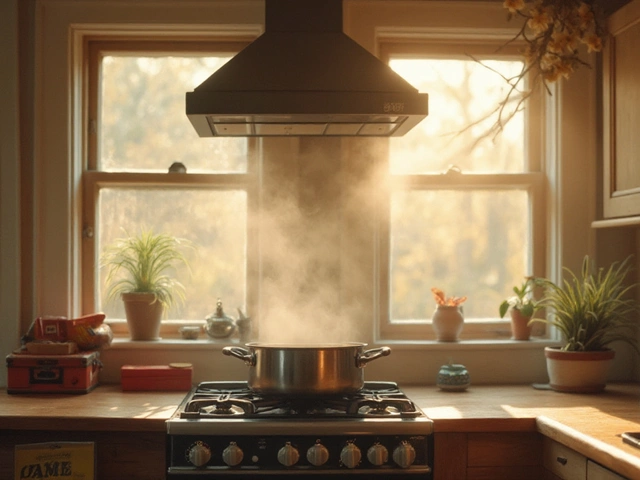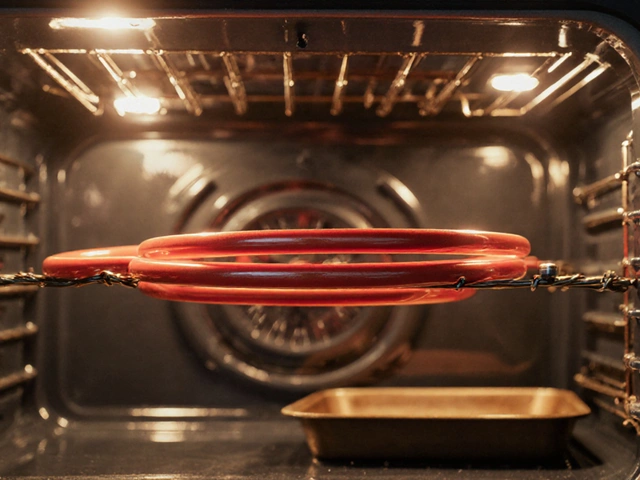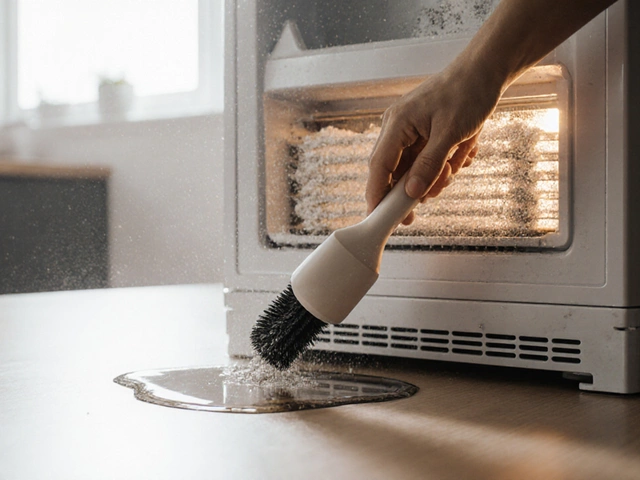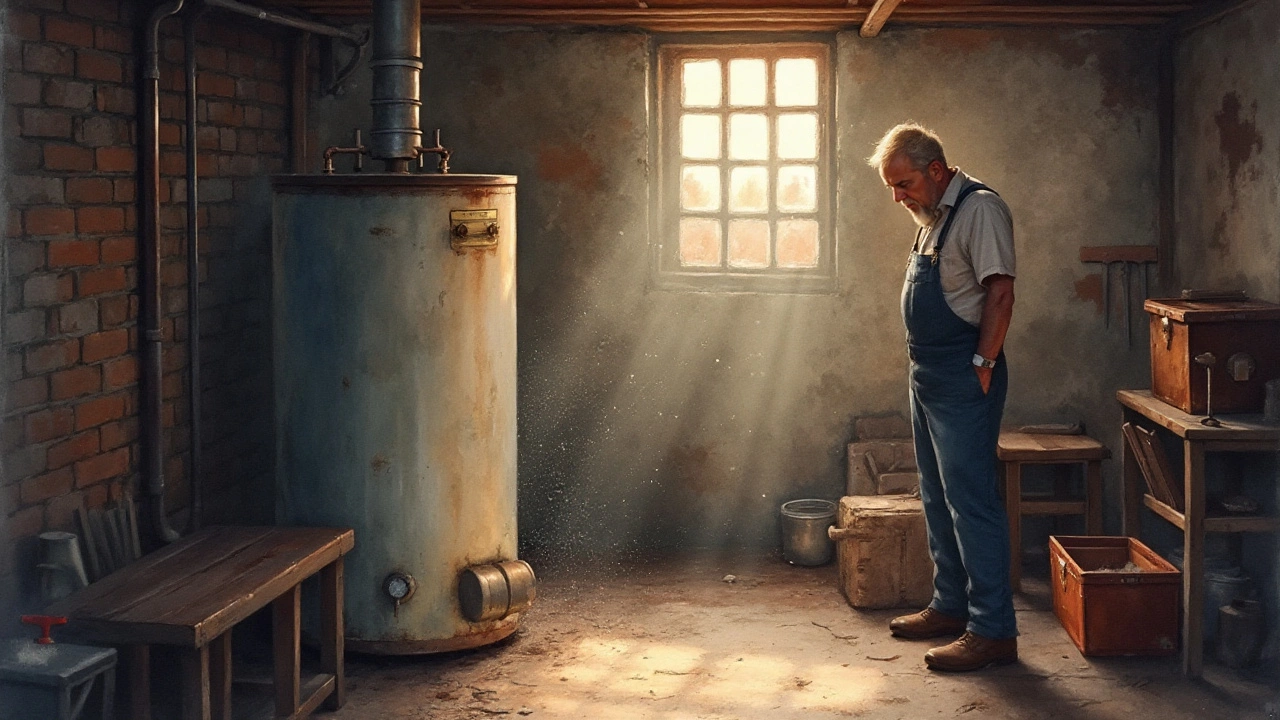20‑Year‑Old Water Heater: Repair or Replace?
If your hot water tank has been on the wall for two decades, you’re probably wondering whether it’s worth fixing or time for a new one. A 20‑year‑old heater has seen a lot – mineral buildup, wear on parts, and countless heating cycles. The good news? Sometimes a simple repair can give you a few more years of hot showers. The bad news? Older units can be inefficient, cost more to run, and may fail when you need them most.
When to Repair a 20‑Year‑Old Water Heater
Look for these red flags before you decide to toss the tank:
- Leaking around the tank. Small drips often mean a faulty valve or a cracked tank – both can be fixed, but a cracked tank usually means replacement.
- Strange noises. Popping or rumbling indicates sediment buildup. Flushing the tank can quiet it and improve efficiency.
- Inconsistent temperature. If hot water comes and goes, the thermostat or heating element might need swapping.
- Rusty water. Corrosion in the tank can contaminate water and shorten the heater’s life.
If any of these issues are mild, a qualified technician can often replace a valve, install a new heating element, or perform a thorough flush for under £150. That’s a cheap way to keep the heater running for another 1‑2 years.
How to Extend the Life of an Old Heater
Even if you decide to keep the tank, a few maintenance habits go a long way:
- Flush it twice a year. Drain the tank, let it sit for a few minutes, then refill. This clears sediment that reduces heating efficiency.
- Check the anode rod. This sacrificial metal piece eats corrosion before the tank does. Replace it every 3‑5 years, or sooner if water is very hard.
- Set the thermostat to 120 °C (49 °F). Higher settings waste energy and stress components. You’ll still get a comfortable shower while cutting bills.
- Insulate the tank and pipes. A simple blanket can shave off 10‑15% of heating costs, especially in winter.
Regular checks also help you spot problems early, so you won’t be caught off‑guard by a cold shower in the middle of a cold snap.
Ultimately, the decision hinges on cost versus benefit. A full replacement for a 20‑year‑old unit usually runs between £800‑£1,200, but a new, energy‑efficient model can lower your monthly bills by 20‑30%. If repairs are cheap and you’re not dealing with a cracked tank, fixing it makes sense. If the heater is leaking, rusting, or you’ve already spent over £300 on fixes, start budgeting for a replacement.
Need a professional opinion? Give Rugby Appliance Repair Services a call. We’ll inspect your heater, give you a clear cost breakdown, and help you decide whether to repair or replace – all with fast, friendly service.






